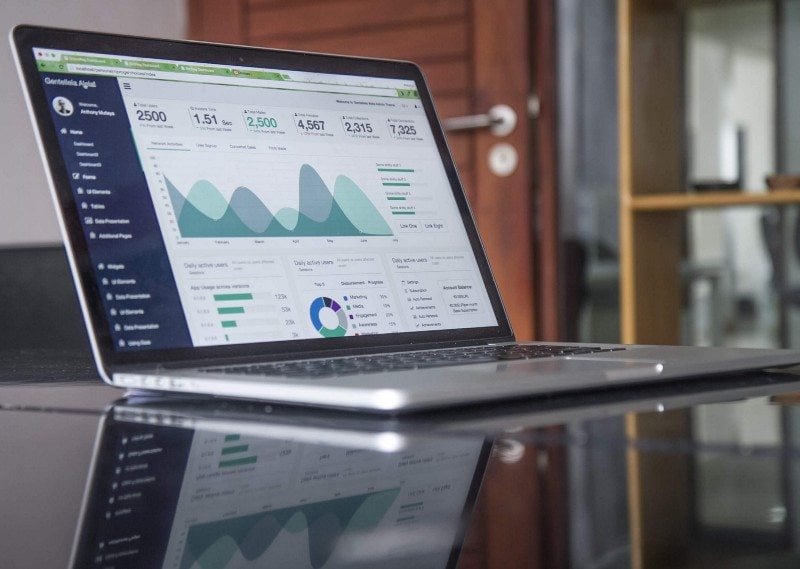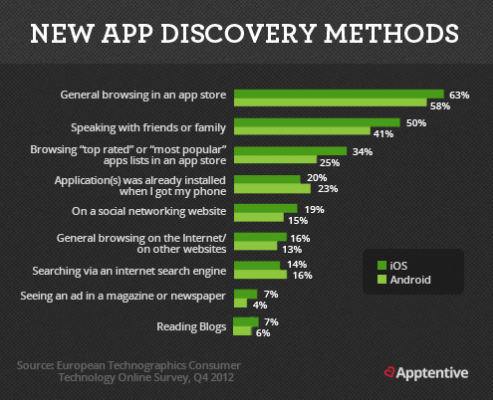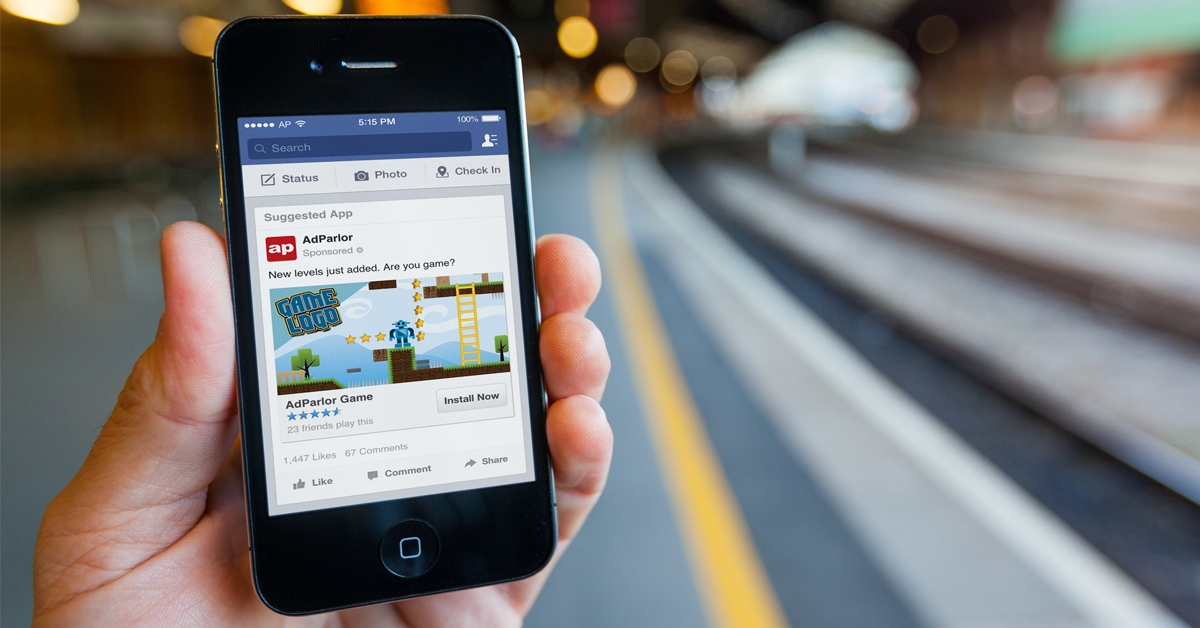Many companies often underestimate the time, effort, and resources needed for app awareness and acquisition before and after launching a mobile app. After a user has onboarded, you have a lot of data to work with such as retention, engagement, daily sessions, and lifetime value to gauge success. But how do you start gaining awareness before your app is even launched? With over 1,500,000 apps in the App Store and Google Play, standing out from the competition takes a lot of time and effort. A lot of companies have large budgets for user acquisition marketing to drive downloads, but with a strategic user acquisition plan, you don’t necessarily need to have a massive budget.

User acquisition requires ongoing marketing efforts, much like attracting customers for any other business does. This post, however, will focus on marketing and user acquisition strategies that will help you generate interest before and soon after your initial launch.
Establish Your Message
Every successful user acquisition plan needs to begin with establishing a core message. You should capture the attention of your users and persuade them to download your mobile app. This should be the first step in your user acquisition plan (UAP) because if you don’t know what you’re promoting, then your users won’t download your app. What are you offering your users? Productivity? Convenience? Entertainment? Essentially you need to establish your unique value proposition (UVP) to demonstrate why your app is different from the rest. This will help you share the overall experience of the app before your audience is exposed to it. More importantly, that message has to resonate with your target audience.
Leverage PR & Marketing Tactics
Pre-Launch Outreach
You should have a plan in place to engage your core group of ideal users and potential customers, as well as partners and press, earlier rather than later. You want to cultivate awareness and anticipation prior to the launch of your app.
Create a media list: Compile a list of journalists and publications to contact with the news of your app launch. Providing product demos and early access to your product will elicit more interest and hopefully, media coverage.
Create a targeting list: Create a segmented list of potential users and early adopters based on the user personas you created during product discovery. This is important because when the time comes, you can target these individuals for beta releases and soft launches, gain an understanding of how these core users are interacting with your product, and gather feedback to improve your product for future iterations and wider releases.
Develop partnerships: Research companies or people that you can develop a mutually beneficial partnership with. This strategy can help generate buzz, increase promotional reach via co-marketing initiatives, and even reduce marketing and sales costs through dividing budgets among partners.
Teasers & Early Sign-Up Pages
Creating awareness for your product prior to its availability can generate excitement and anticipation, particularly when you add a sense of exclusivity to the mix; for example, having people sign up for a closed beta list to get early access to the beta version as soon as it’s available.
Press Kits & Collateral
Determine what makes your app unique and capitalize on those elements with press coverage such as teaser trailers, interviews, and a press release. It’s important to have press kits and other necessary collateral prepared prior to the launch of your product. Making sure you have your app press kit prepared gives them a centralized place to find everything they need and makes their job easier. Press kits may include screenshots, review guides, promotional videos, press releases, and more.
Product Curation Sites
There are a number of sites that curate new products and startups that can help you create some hype. Many, such as Product Hunt, have an upvote/downvote or review section, so you want to be sure that you are ready with at least a minimum viable product when this kind of rating system is in place. Here is a collection of these kinds of sites that you should explore:
Choose a product curation site that properly fits your target market and mobile app.
Use Organic Channels
It’s important to take advantage of the organic channels that are available to you. After experimenting with all the organic channels, you can then analyze which one was most effective for future UA efforts.
You don’t need a large budget to acquire users, but rather a strategy that raise awareness over the platforms your users engage with.
App Store Optimization
App Store Optimization is the process of optimizing your app store listing so that your app shows up higher in the search results. Similar to SEO, App Store Optimization is meant to drive more traffic and ultimately more conversions (downloads) by increasing the visibility of your app on the App Store.
Despite the variety of app marketing tactics you can use, the majority of users still discover apps by searching on app stores. 63% of iOS apps and 58% of Android apps are discovered by users browsing the app stores. Tactics that will help you rank higher on the app listing include:
- Keywords for SEO
- Title and description optimization (including keywords in title)
- Optimized descriptions
- Icons and Screenshots
These tactics will help you establish a good app store page which is necessary to drive downloads.
Leverage Social Media Channels
Use social media channels to increase the interest in your mobile app. Try connecting with influencers and learn methods to best engage your users. The first step is finding the best social media platforms for your app and target audience. You determine this by analyzing your users’ behavior on social media. Not only is it a good idea to post on the platforms but also engage with your audience through the comments and discussions.
Another important tool is specialty groups and discussion boards on channels such as Facebook and Reddit. Use these highly engaged groups and talk to your audience directly. Don’t forget to use popular hashtags on Twitter and Instagram to help you reach your audience.
Leveraging social media channels is essential because it’s an easy platform for users to share news and information about your app with their friends. There’s also no cost involved and it requires little time investment.
Use Paid Channels
If you have a decent marketing budget, you have greater opportunity to grab the attention of your potential users through various paid channels. Here are some effective paid methods for your user acquisition plan:
Social Advertising
Facebook mobile app download ads are one of the most successful tools for your user acquisition strategy. YouTube video ads and Twitter ads will also prove to be beneficial, however, Facebook is the biggest social network in the world and should be considered as the primary channel for your app promotion. While Twitter has a limit of 140 characters which forces your message to be short and concise, Instagram is a platform that provides promotion through creative graphics and short videos. If you want to use paid advertising, make sure you’re spending on the best ad formats for your target audience for a high ROI.
Retargeting
Retargeting a potential user will help to convert those who may not have downloaded your app the first time they visited your platform whether that may be your website or the App Store. When a person visits your platform and leaves without downloading your app for example, a cookie is stored in the visitor’s browser and your retargeting ad is shown later when they browse another site. This helps to persuade the potential user to download your app as they become more aware of it. Here are a few things to keep in mind when you retarget a potential user:
- Deep linking increases the chance of downloading. Make downloading your app an easy action for your user
- Choose compelling visuals and graphics that will grab attention
- Avoid overuse of retargeting. This will annoy potential users and establish a negative brand perception
- Don’t retarget users that have already downloaded your app
Set Success Markers to Gauge Success
The overall goal for a user acquisition plan is to generate revenue and increase profits. To understand if your efforts are working, be sure to set goals and track the increase in your app store ratings over a given period of time. There will be many analytical elements that you’ll need to keep track of throughout the acquisition, engagement, conversion, and retention stages of the user journey which is why measurement shouldn’t merely be an afterthought.
Setting success metrics will also help you establish which tactics worked and which ones didn’t moving forward. You can’t keep track of everything so measure the most important metrics for app success and adjust your plan accordingly. Here are a number of metrics you should be keeping track of:
Retention Rate
It’s essential to acquire users pre-launch but it is equally important to observe what makes them keep coming back to your app after the first installation. Downloads are good success indicators, but retention rate is an even more valuable metric that will determine how successful your app is in the market over a period of time.
Lifetime Value (LTV)
Users’ lifetime value may be the most important metric that you can track throughout the user journey. Tracking the LTV lets you know how much each user is worth. Without this understanding, you may risk losing a lot of money. Acquiring valuable users is one of the most important aspects of a user acquisition strategy.
Average Revenue Per User (ARPU)
ARPU represents the actual cost to acquire each new user versus their overall lifetime value. The key is to acquire users with the highest lifetime value and with the lowest user acquisition cost. How much can you spend in order to remain profitable? One common pitfall in mobile marketing is not knowing how much revenue users generate before running a campaign.
Iteratively Enhance Your App to Drive Engagement
Creating and implementing a sturdy user acquisition strategy doesn’t replace the value of your app. Foremost, you must build a valuable and engaging app if you want to achieve a high number of downloads, and more importantly – high retention rates. Your app must be built with the user in mind, maintaining a user-centered focus throughout the entire app lifecycle. Persuading your potential users that your app is valuable is one thing, but proving it by iteratively enhancing the app is what will keep your users coming back. According to the 2016 Mobile App Report of ComScore, people spend more than 3 hours per month using the top 1000 apps. What’s the reason for this? These apps provide the most consistent value to users. Without iteratively improving your app, you will fail to meet changing user demands, in turn, losing users to your competitors.
Focus Your User Acquisition Efforts
After implementing your user acquisition strategy and experimenting with a variety of channels and platforms, determine which paths were most popular to discover your app. What can you improve upon moving forward? Don’t forget to analyze your competitors to observe what they’re doing to not only adopt tried and tested methods but to carve your own space in the app market.








